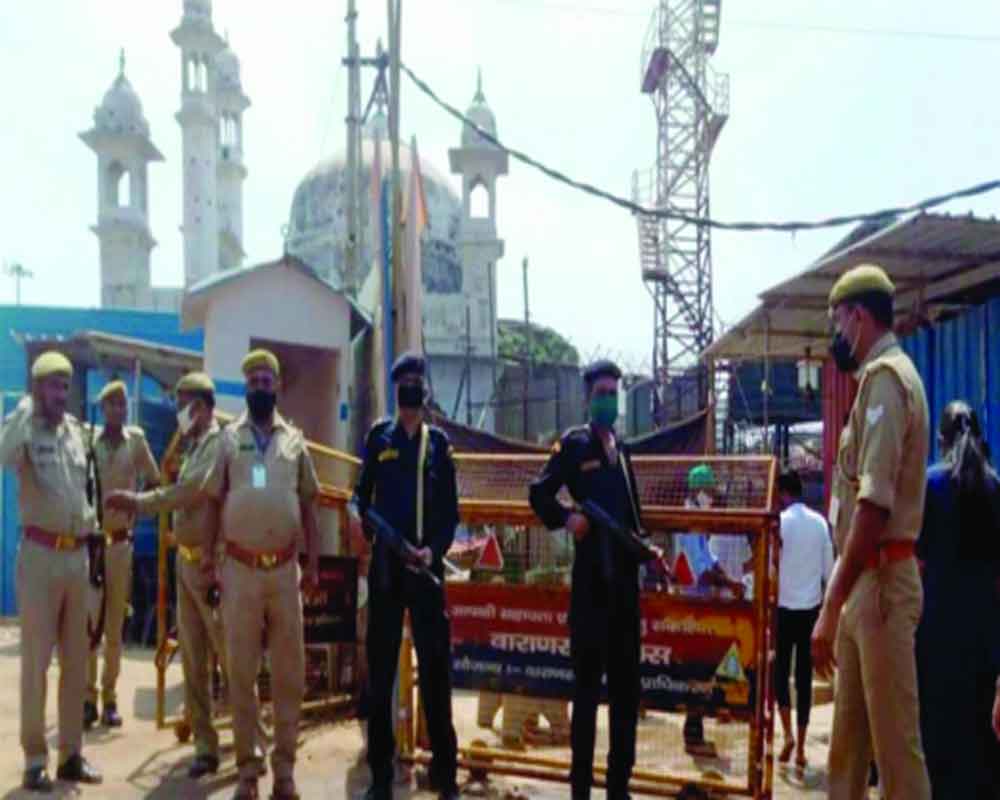A spate of legal petitions is seeking reparatory justice for temples razed during Mughal rule
The Babri Masjid verdict is out, and the Ram temple is coming up where the mosque stood in Ayodhya. It is now the turn of the Vishwanath temple-Gyanvapi Mosque dispute in Varanasi. The Sri Krishna Janambhoomi-Shahi Idgah Mosque case in Mathura is in the queue. Mughal emperor Aurangzeb apparently destroyed thousands of temples during his long reign. There is no way of confirming this figure, but 300-odd years after his death the courts of modern India are busy with petitions seeking to rectify Mughal ‘wrongs’. The shrill demands for what can be called reparatory justice or compensatory justice can be heard across the country. The petitions are based on assumptions from mythology, folklore, the architecture of pre-colonial victors, and the politics of communal retribution during the Mughal times. The courts are, however, expected to give their verdicts based on reason and rationality. How is that possible? The disputes at present are of two types. In the Ayodhya case, the issue was determining the place of birth of a Hindu god based entirely on belief and faith. In Varanasi, it is about an alleged demolition of a Hindu temple and the construction of a mosque over it. In the first case, jurisprudence faces the difficulty of considering intangible, unscientific and personal factors like belief and faith. In the second case, the task is to set right a wrong allegedly committed 353 years ago.
The judiciary faces another set of questions as it grapples with such cases: Is it a measure of progress of a nation and its people if they are willing to go centuries back in time to compensate for an ancient wrong? If the petitioners believe that thousands more such wrongs were committed in the past, would not the Public Works Department be busy digging the earth up in search of Hindu temple relics? Is there any statute of limitations on filing suits for anti-religion crimes committed eons ago? But why are these petitions referring to Hinduism as a religion? That brings us to a crucial point: What is the definition of Hinduism in the legal context? We now enter a gray area. In 1966, then Chief Justice of India PB Gajendragadkar said, “…we find it difficult, if not impossible, to define Hindu religion or even adequately describe it….(It) may broadly be described as a way of life and nothing more”. In 1996, the apex court reiterated that “Hinduism embraces within its self so many diverse forms of beliefs, faiths, practices and worships that it is difficult to define the term ‘Hindu’ with precision”. Six years ago, a seven-judge Bench of the apex court was to re-examine the question: What is Hinduism, a way of life or a religion? The apex court may wish to first review the legal definition of Hinduism before entertaining the Varanasi and similar petitions. What if Hinduism is truly a way of life? That alters everything.


























